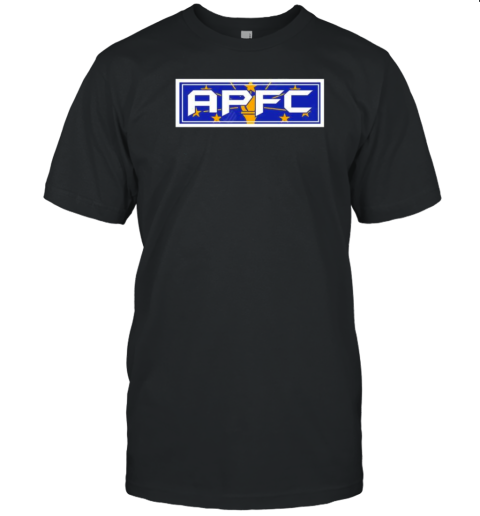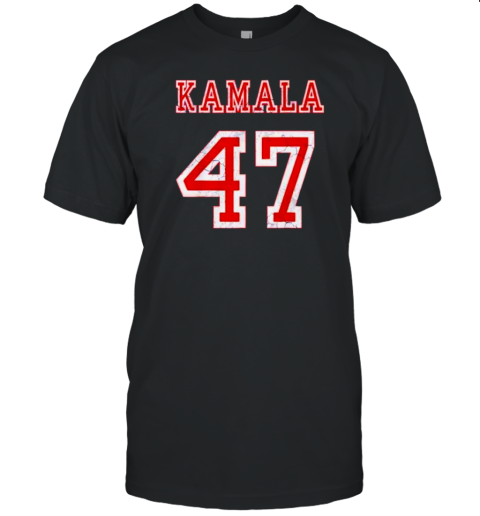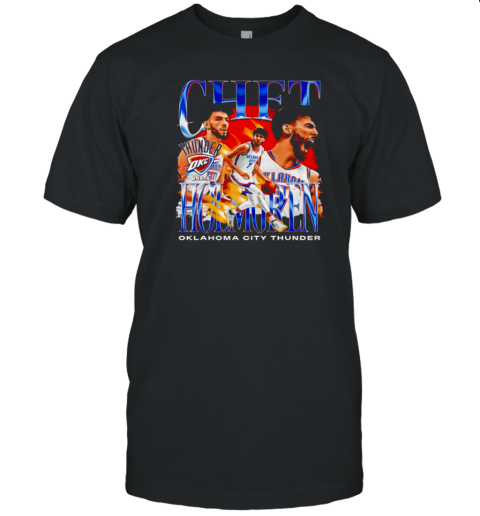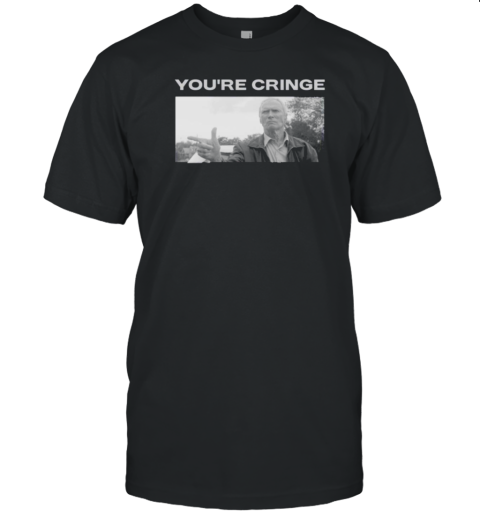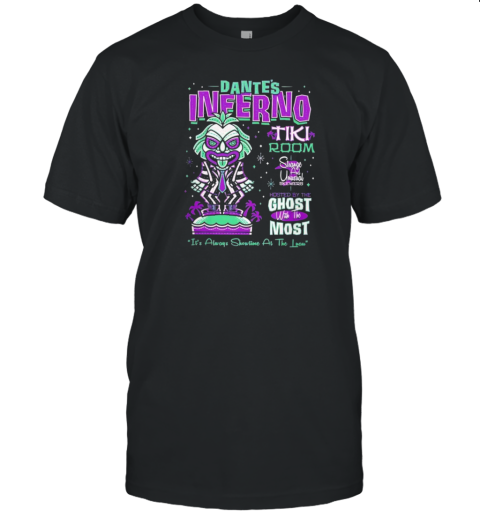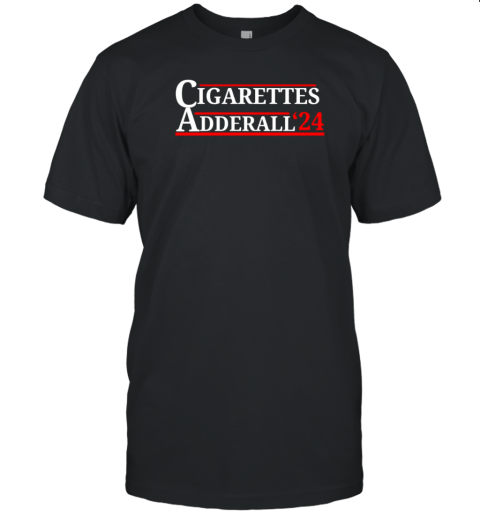I'm Having A Meltdown Snowman Merry Christmas T-Shirt
$27.99 Original price was: $27.99.$19.99Current price is: $19.99.
-
5% OFF 2 items get 5% OFF on cart total Buy 2
-
7% OFF 3 items get 7% OFF on cart total Buy 3
-
9% OFF 4 items get 9% OFF on cart total Buy 4
-
12% OFF 5 items get 12% OFF on cart total Buy 5

As the world I'm Having A Meltdown Snowman Merry Christmas T-Shirt . navigates the dual challenges of waste management and environmental sustainability, the fashion industry stands at a critical crossroads. Innovative approaches to managing discarded textiles are not just optional; they are essential for the future of fashion. While many solutions are proposed, the effectiveness of some strategies becomes evident through their results.Consider the comprehensive textile sorting processes that transform how the industry handles textile waste and discarded post-consumer textiles, such as the clothes we no longer want. These processes not only extend the life cycle of garments, but also significantly decrease the volume destined for landfills.At TEXTILE house, the sorting process involves purchasing used or discarded textiles from various sources and meticulously categorizing them. The sorting process evaluates textiles based on many criteria—such as fabric type, condition, and reuse potential. This crucial step determines the subsequent pathway for each item: whether it is suitable for resale as secondhand clothing, can be repurposed into other products, or should be recycled.
I'm Having A Meltdown Snowman Merry Christmas T-Shirt, hoodie, sweater, longsleeve and ladies t-shirt

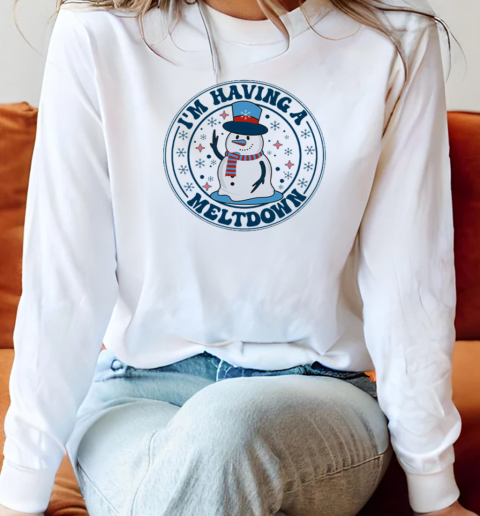
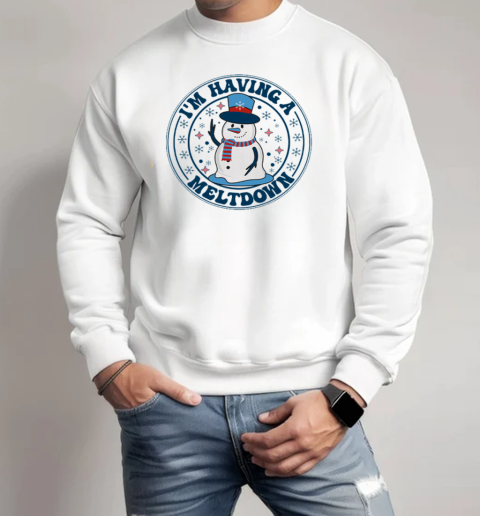

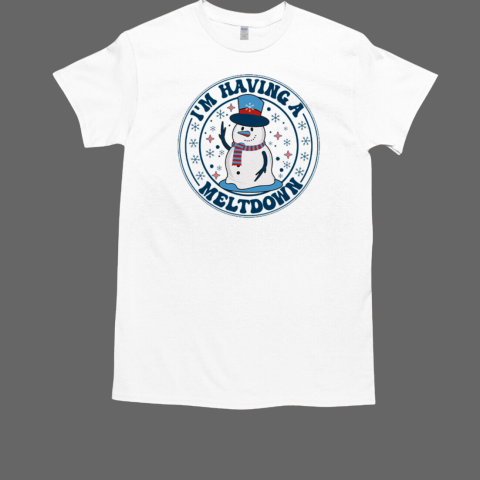
You Can See More Product: https://thekingstore.net/product-category/trending/

